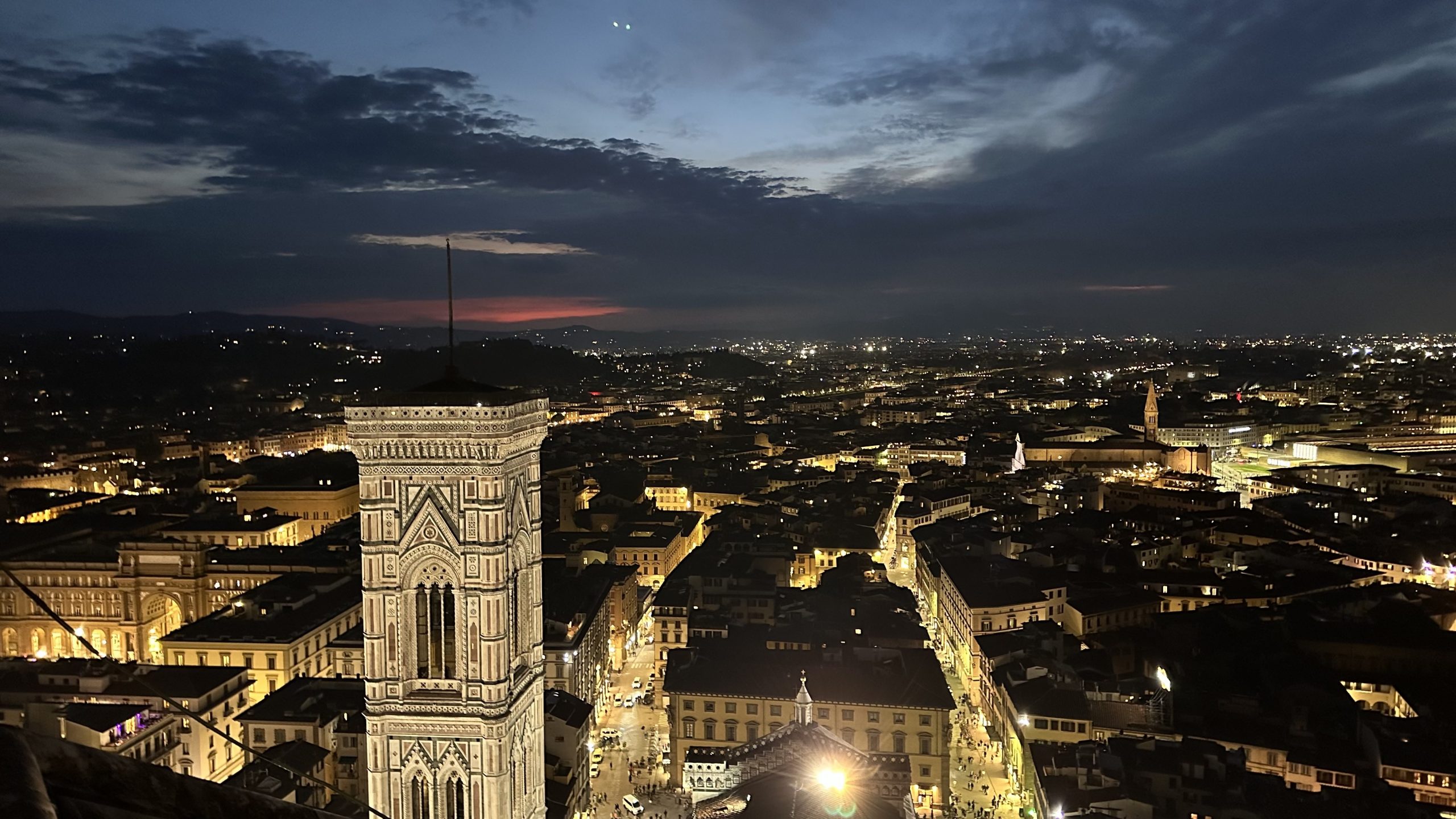Last week, I attended the Computer Human Interaction (CHI 2010) conference in Atlanta, GA. For those who don’t follow the Human-Computer Interaction community, this conference showcases the best research done in how users can interact, control and manipulate the information presented by computers. In all, the topics presented by each paper were vast and varied. Unfortunately, there was no way I could partake in all the papers and courses presented. As such, I wish to share my highlights of CHI2010:
